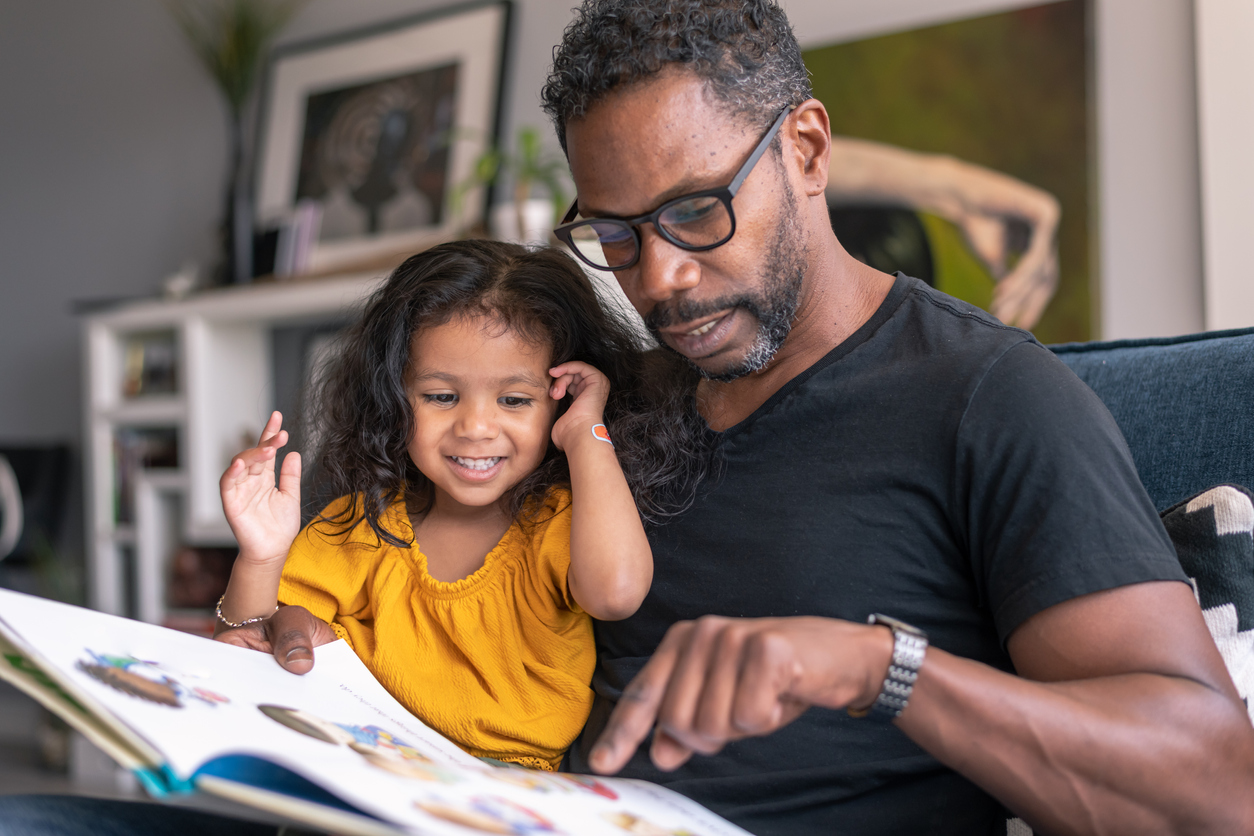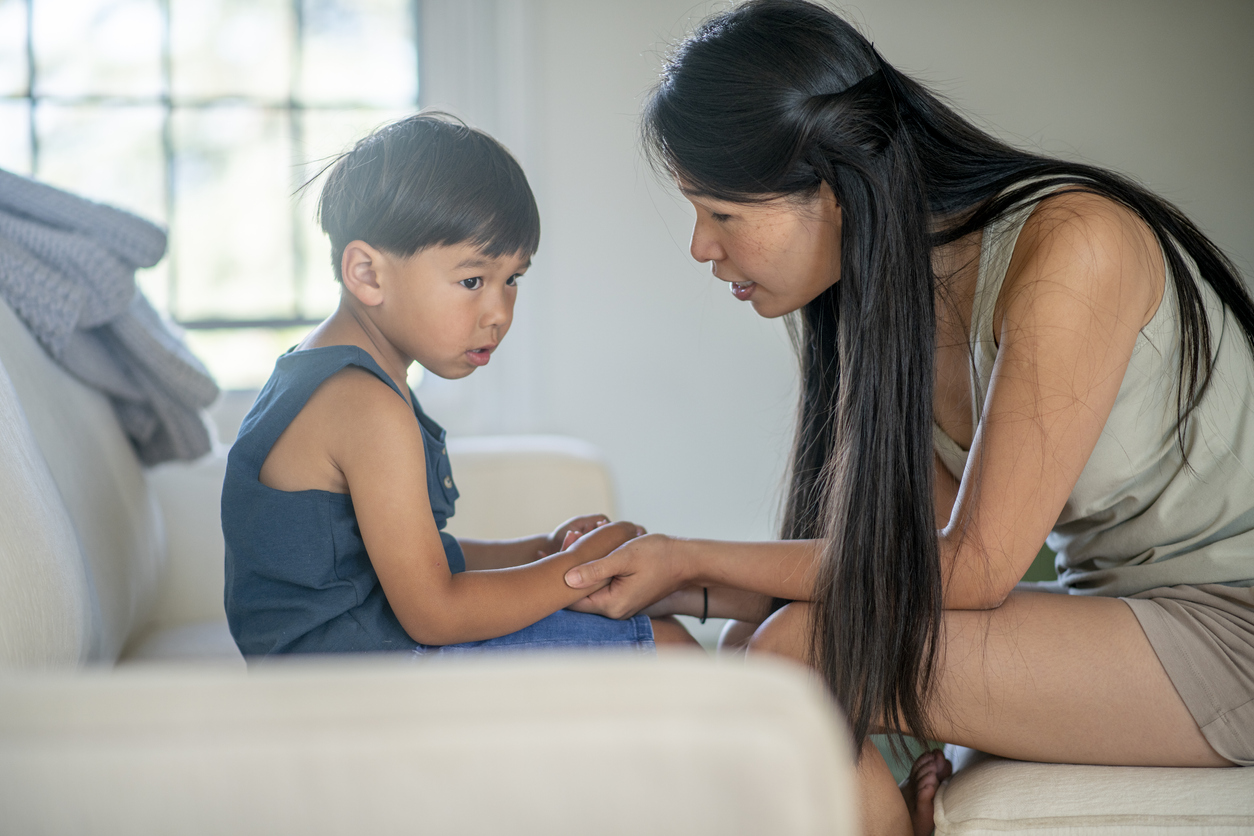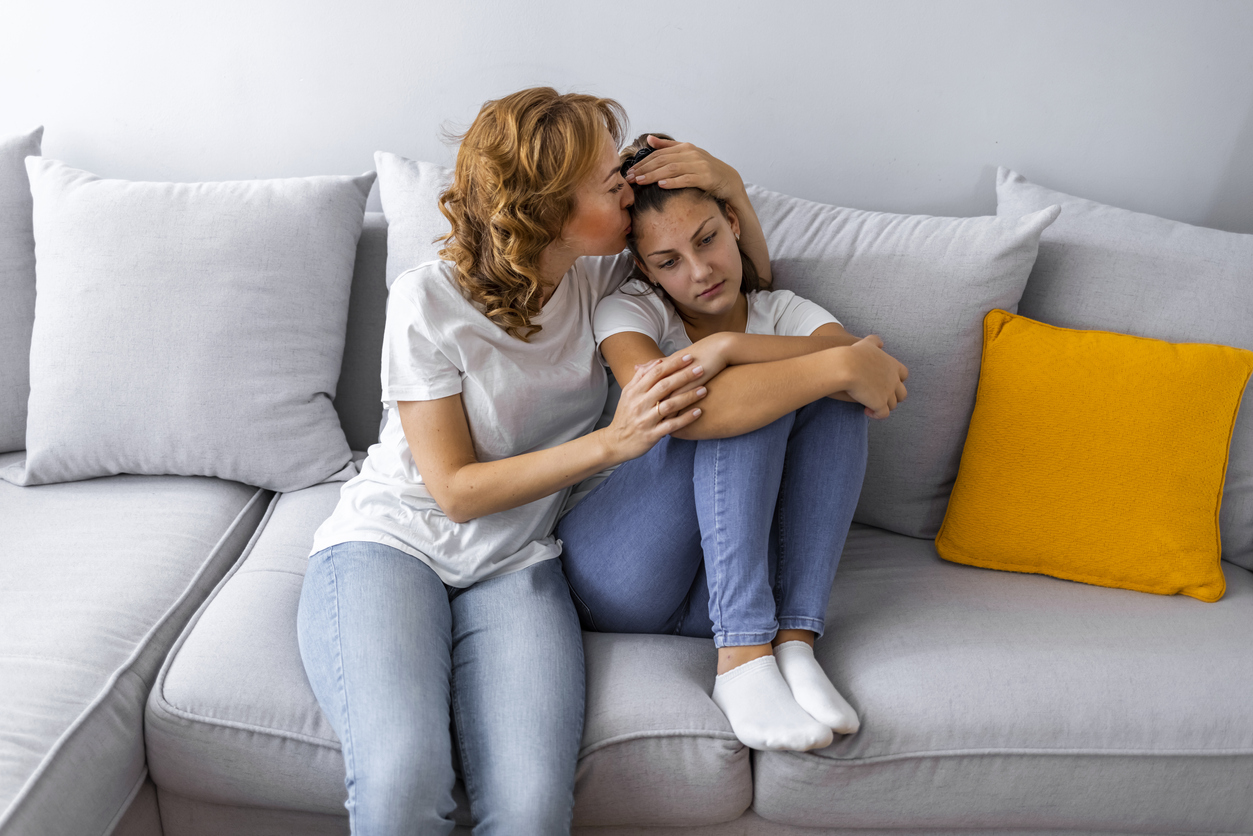When a parent, sibling, grandparent or another loved one begins hospice care, children need help understanding what’s happening, and time to prepare for what’s ahead.
Coping activities can bring kids comfort as they work through big emotions, and help them deal with anticipatory grief as their loved one approaches the end of life. These activities can also help kids feel more connected to their loved one, today and forever.
Grief expert Sarah DeCosta, MS, manager of grief support services at HopeHealth, shares suggestions.
To help your child adjust to sad news, read a book together.

It can be hard for caregivers to know how to start a conversation about death with their child, or where to go once they’ve shared the news that a loved one isn’t expected to get better.
Try reading a book about grief, death or illness together. It’ll show your child that your family isn’t the only one going through these experiences, and reinforce that it’s okay to talk about hard things. This is also a way for families to normalize talking about emotions, even when they’re difficult.
“For kids up to age 9 or so, my favorite is The Invisible String by Patrice Karst,” says Sarah. “It talks about how, even when you’re really far away from someone, there’s an invisible string that connects your two hearts. It explains that we’re still connected to people after they die.”
For additional reading material, Common Sense Media recommends these children’s books about grief, broken down by age.
> Related: What is pediatric hospice care, and how is it different for kids?
To talk about feelings, play a game.
One of Sarah’s favorite activities to help kids with anticipatory grief uses the game Jenga, in which players remove and then restack wooden blocks into an increasingly tall tower. For this variation, every time a player pulls out a piece of the tower, they also answer a question.
To prepare, make notecards with lots of questions from these three categories. For example:
- Random and lighthearted: What’s your favorite color? Favorite food?
- Feelings: What’s a time you felt happy? Sad?
- Anticipatory grief: What’s your biggest fear for when your loved one isn’t here anymore? What’s something that you really want to tell them?
“I love how the questions are mixed. If we stay on the hard stuff too long, many kids shut down,” says Sarah. “The purpose is to get them used to talking about their feelings.”
To feel connected to a loved one, create a memory box.
When Sarah was a teenager, her younger sister died. She still has a memory box that the hospital helped her create. It’s filled with mementos from family beach trips, her sister’s love of soccer, and even the brand of chapstick they both loved.
Today at HopeHealth’s Camp Braveheart, she helps kids and teens who’ve lost someone create their own memory boxes. These boxes can also be made while a loved one is still alive, as a bonding activity to do together.
Encourage and help your child to:
- Find photos: Go through family photos and reminisce about favorite memories. Have your child pick a few to print out and keep in their box.
- Decorate the box: “One side might be a drawing of the child as an individual, the other is their loved one. Then the other two sides might be them together,” says Sarah.
- Collect items to put in the box: Ask your child, “What do you think about when you think about your loved one?” It can be anything, from their loved one’s favorite color to an activity they love to do together.
“It’s about whatever things are important to your child,” says Sarah.
> Related: Where to put your love when you’ve lost someone special
To see how your child is coping, try this drawing prompt.

Younger kids may not understand the permanence of death, but they can still grieve, and they’re often overwhelmed by the feeling that everything is changing. But it’s tough to put all of that into words.
Drawing is a powerful way to work through fears and emotions.
Try this drawing activity:
- Divide a sheet of paper: Draw a line down the middle of a piece of paper.
- Ask your child to draw the before and after: Encourage your child to draw what their life looked like before their loved one was sick, and what it looks like now.
“It gets kids thinking about these things,” says Sarah. “It also gives you some insight into how your child is processing everything.”
To work through anticipatory grief, encourage your child to write.
Older kids and teens especially gravitate to journaling, but even young kids may enjoy it with some help. Putting pen to paper is a research-backed way to cope with stress, grief and life’s challenges.
Here are prompts to get your child started:
- I love…
- Thank you for…
- I’m afraid…
- I’m angry that…
- I’m sorry…
- I forgive…
- I understand…
- I hope…
“Kids can also write letters to their loved one,” says Sarah. “Whether or not they share them, it helps process their feelings.”
Don’t wait to tell your child that their loved one is on hospice.

Too often, adults avoid telling kids about a loved one’s prognosis because they want to shield them from sad news. But research shows that not knowing can actually cause more stress for children.
It’s important to have these difficult conversations as early as possible, as honestly and directly as you can for your child’s age. It will give your child a chance to understand what’s happening, and find a sense of closure and connection at the end of their loved one’s life.
Your family’s hospice team is here to help.
The loss of a loved one will be hard for your child — and for you — no matter what. But kids are resilient, especially when they have a caring adult in their life. By consistently being there for them, you’ll help them weather this difficult time.
You’re not alone. For support, reach out to the social workers on your loved one’s hospice team, who can help with your child’s anticipatory grief needs. After a loss, our grief support team offers a wide array of counseling, support groups and special programming for children. We’re here for your whole family on the journey ahead.

